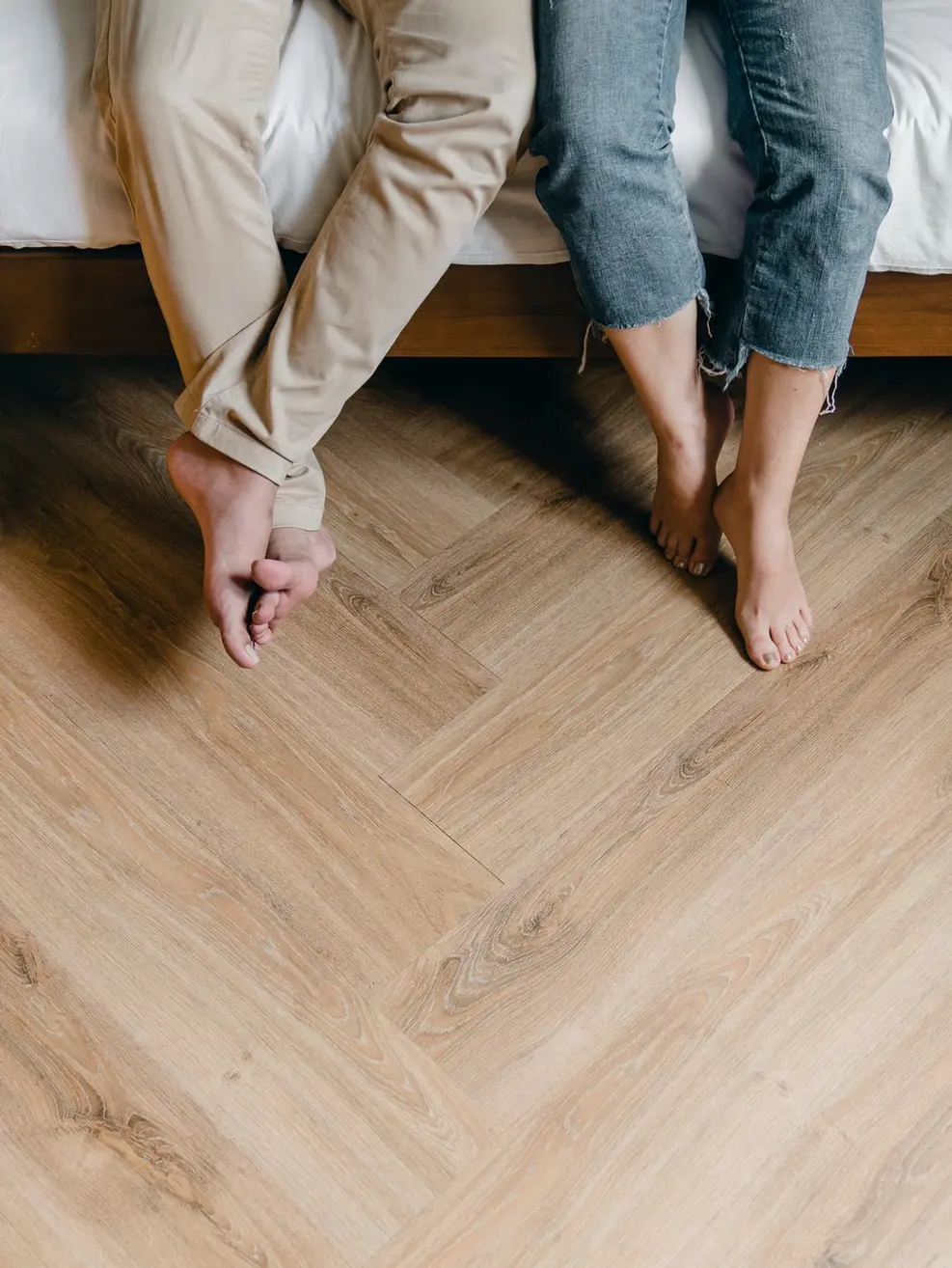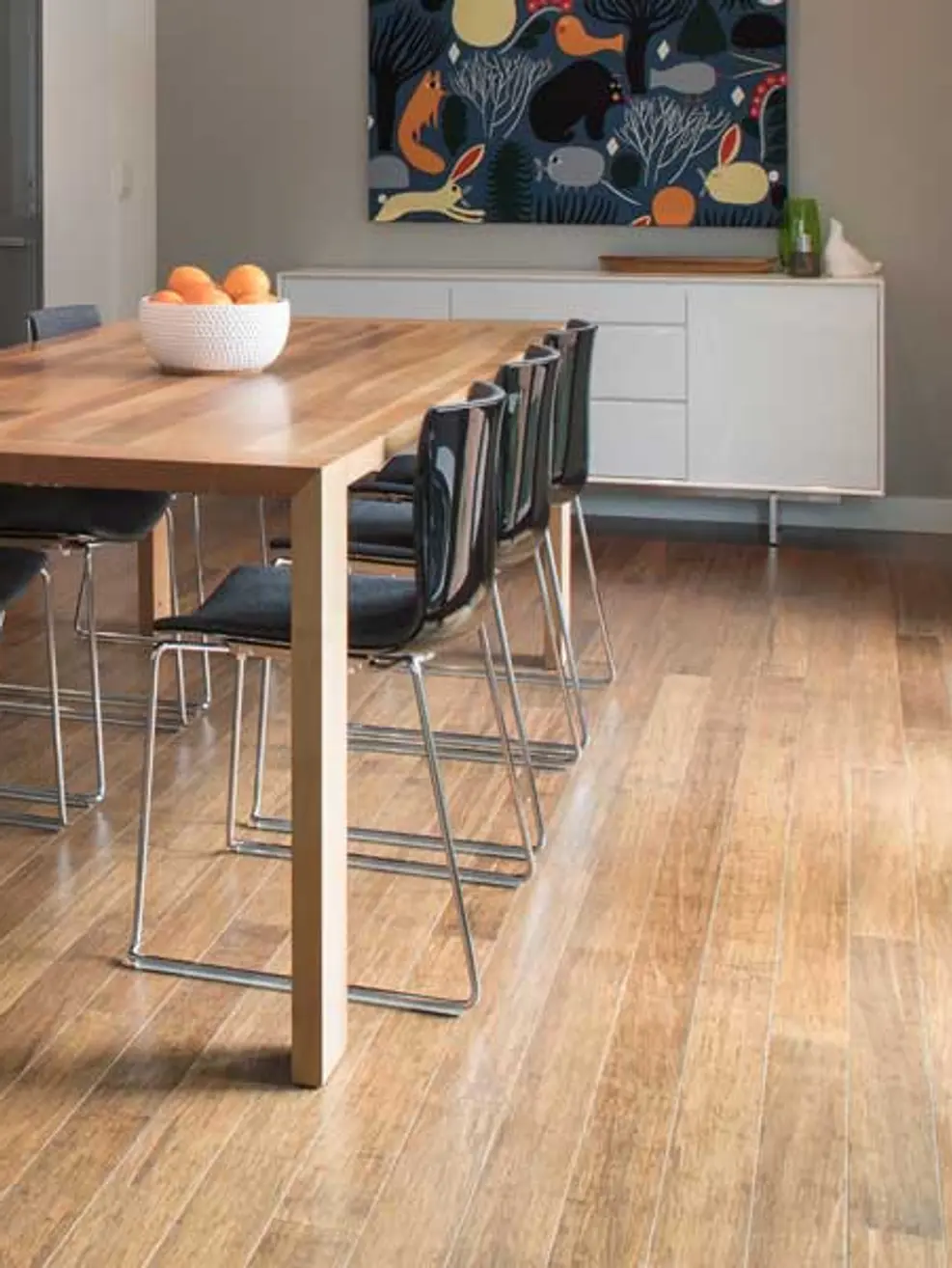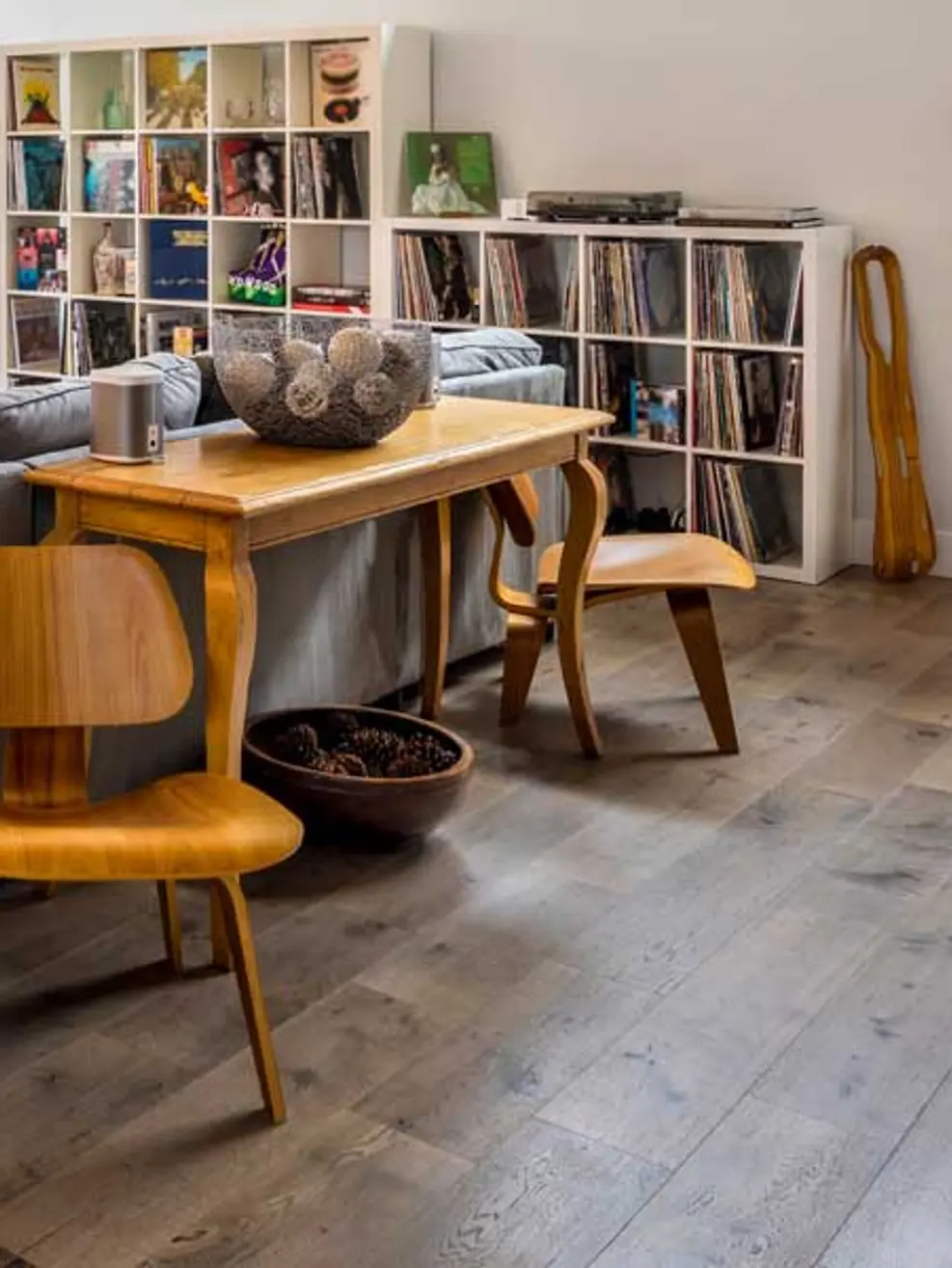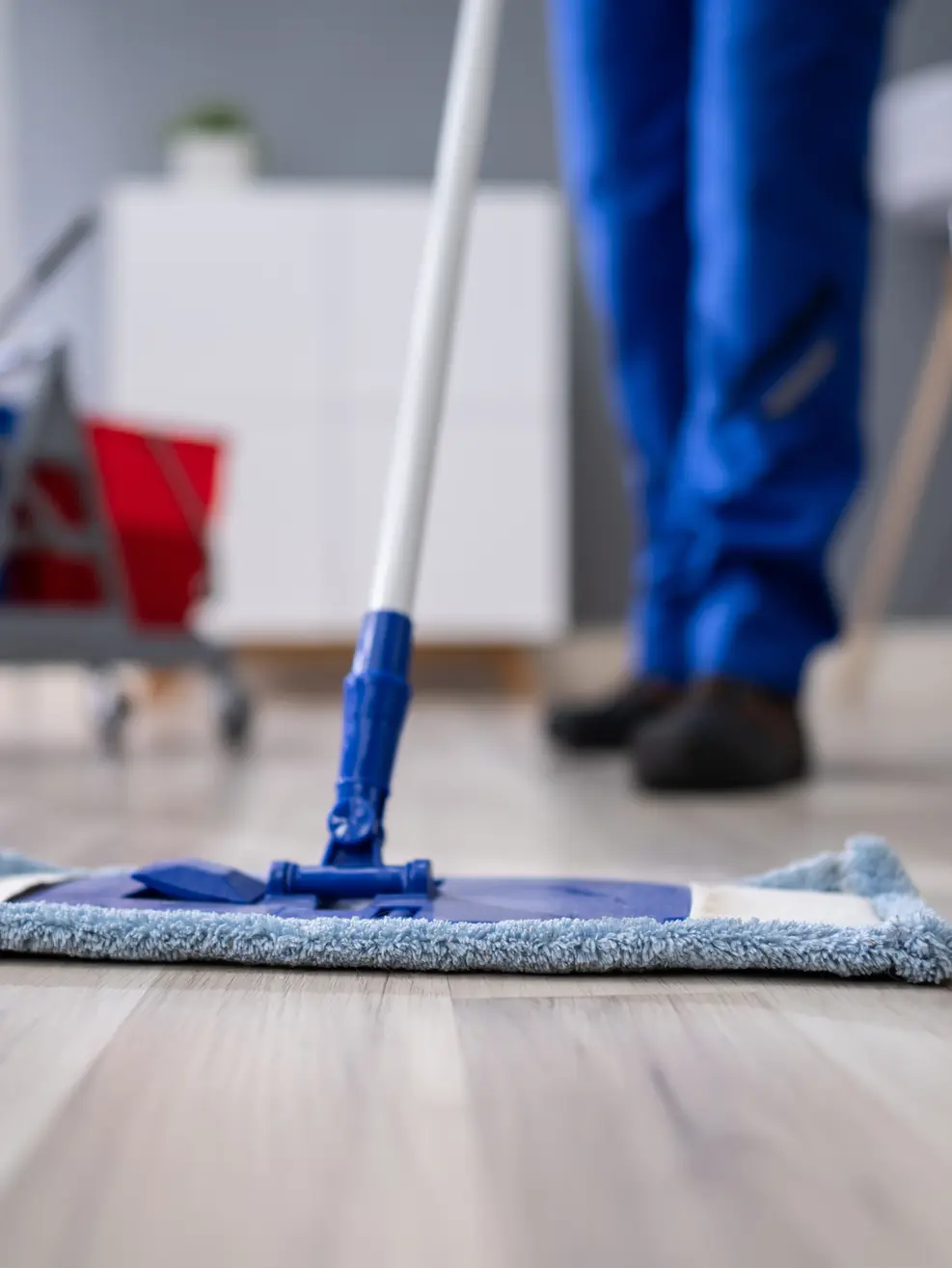The kitchen is the heart of the home, and choosing the right flooring is crucial for both functionality and design. Wood flooring has become increasingly popular in kitchens, adding warmth, character, and timeless appeal to this vital space. However, before making a decision, it's essential to weigh the pros and cons and consider various design factors. In this blog, we'll explore the pros and cons of using wood flooring in kitchens and provide valuable design considerations to help you make an informed choice for your culinary sanctuary.
Pros of Wood Flooring in Kitchens:
- Warmth and Character:
- Wood flooring adds warmth, charm, and a touch of natural beauty to the kitchen, creating a welcoming and inviting atmosphere for cooking, dining, and entertaining.
- Timeless Appeal:
- Wood flooring transcends trends and fads, offering a classic and timeless look that enhances the overall aesthetic of the kitchen and complements a variety of design styles, from traditional to contemporary.
- Durability and Longevity:
- High-quality wood flooring, properly maintained, can withstand the rigors of daily life in the kitchen, including spills, foot traffic, and dropped utensils, and can last for decades with proper care and maintenance.
- Easy Maintenance:
- Wood flooring is relatively easy to clean and maintain, requiring regular sweeping, vacuuming, and occasional mopping with a wood floor cleaner to keep it looking its best.
Cons of Wood Flooring in Kitchens:
- Susceptibility to Moisture Damage:
- Wood flooring is prone to water damage and staining if exposed to excessive moisture, spills, or standing water, making it less ideal for areas prone to spills and splashes, such as around the sink and dishwasher.
- Vulnerability to Scratches and Dents:
- Wood flooring is susceptible to scratches, dents, and gouges from dropped utensils, heavy pots and pans, and pet claws, requiring caution and protective measures to prevent damage.
- Maintenance Requirements:
- Wood flooring may require periodic refinishing and resealing to maintain its appearance and protect it from wear and tear, which can be time-consuming and costly.
Design Considerations:
- Wood Species and Finish:
- Choose a wood species and finish that are durable and resistant to moisture, such as oak, maple, or walnut, and opt for a matte or satin finish that helps conceal scratches and imperfections.
- Protective Measures:
- Use area rugs or mats in high-traffic areas and around the sink and dishwasher to protect the wood flooring from spills, scratches, and moisture damage.
- Proper Installation:
- Ensure that the wood flooring is properly installed by a professional to minimize gaps, buckling, and other issues that can arise from improper installation techniques.
- Maintenance Routine:
- Establish a regular maintenance routine, including sweeping, vacuuming, and occasional mopping, to keep the wood flooring clean and well-maintained.
Wood flooring can add warmth, character, and timeless appeal to kitchens, but it's essential to weigh the pros and cons and consider various design factors before making a decision. By understanding the benefits and limitations of wood flooring in kitchens and implementing proper maintenance and protective measures, you can enjoy the beauty and durability of wood flooring in your culinary sanctuary for years to come.




